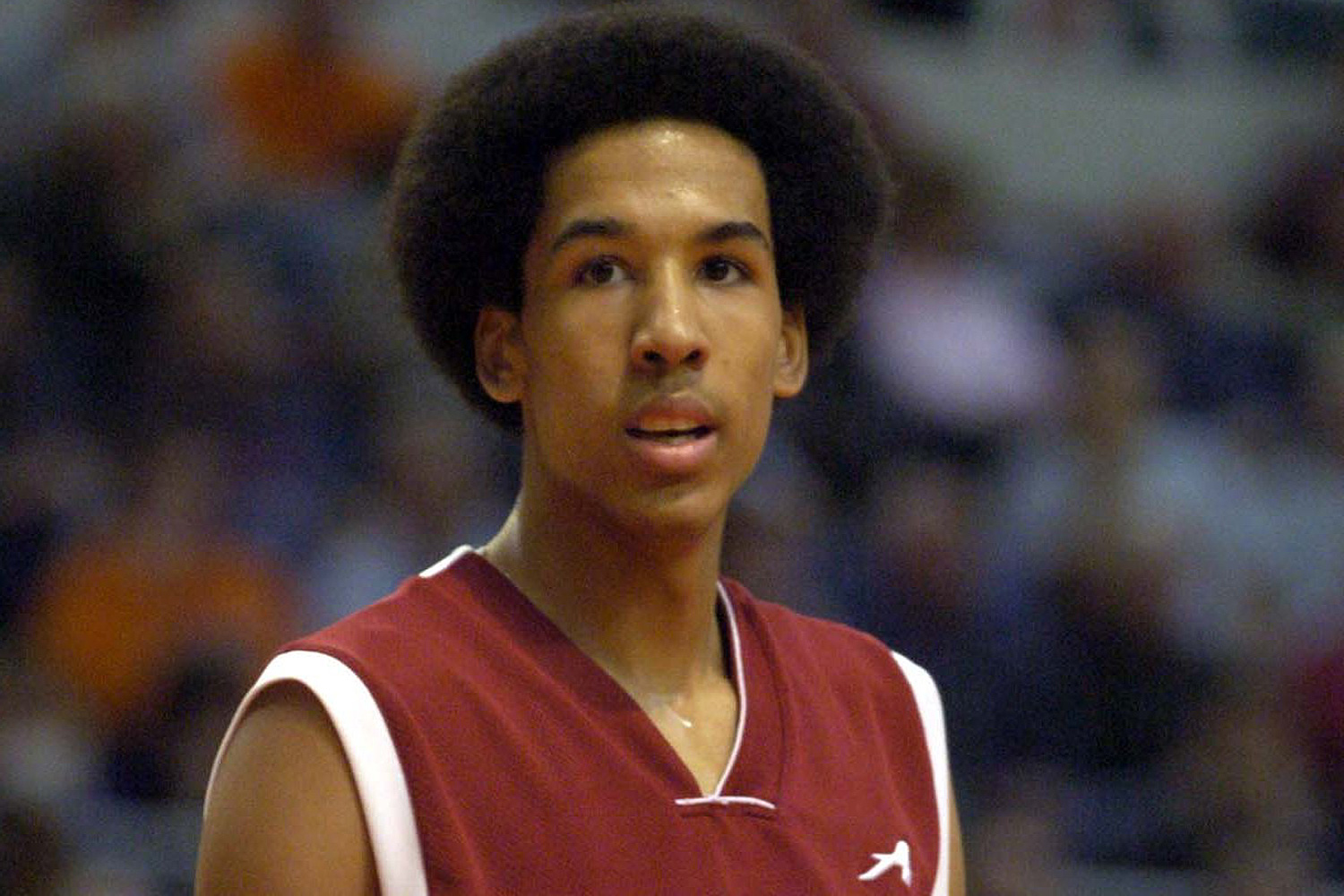The Warriors are going to the NBA Finals, again, to play the Cavaliers, again. There's little left to be said about the greatness of Steph Curry, Klay Thompson, and Draymond Green, but one of the pleasures of the Warriors is how they assembled a team of high-IQ veterans who aged out of star roles on their old teams and fit them together as high-profile role-players around a trio of elite players. (This is much harder than it looks; consider how much trouble the Cavs have had just assembling a supporting cast for one of the best, most complete players ever—or even how long it took for the Bulls to put together their dynasty.)
There's Andre Iguodala, for years one of the most versatile and athletically explosive players in the league, a poor(er) man's LeBron, reliable for averaging just shy of 20 points with over five boards and assists per game. He's only started one regular-season game in the past two seasons, but he's been a critical sixth-man for the Warriors in his age 31 and 32 seasons.
You can see how long Iguodala's been what he is in this 2002 state championship game. It doesn't really get good until the fourth quarter, when the Springfield native's Lanphier team comes back from 15 points down against Westinghouse with a barrage of three-pointers, the game shifting to revolve around Iguodala's passing and defense.
And then there's Shaun Livingston. If you haven't been following basketball for the past decade, it's hard to explain how pleasing the resurrection of Shaun Livingston's career has been. Livingston was arguably the best high-school basketball player in the country in 2004, when the Peoria star was the state's Mr. Basketball and the leader of its Class AA championship team, a graceful six-seven point guard with a six-eleven wingspan (and a perfect afro).
Livingston went straight to the NBA as the number-four pick in the draft, easing from a reserve role into a starting one. At 21, he had started 31 of 54 games, playing just under 30 minutes per game while his advanced stats were climbing. And then he suffered one of the most gruesome injuries ever recorded in the sport, tearing three knee ligaments and the meniscus. He's lucky his leg wasn't amputated; he's lucky he can walk. He's even luckier that he made it back to the NBA after a year and a half recovering, playing for eight teams in five years, never averaging more than eight points a game.
He plays less than 20 minutes per game for the Warriors, and, unusual for the team, he's not much from behind the arc (two for twelve on the season). He's not the electric kid he was at Peoria, a point guard in the mold of Magic Johnson and Penny Hardaway. But he's figured out how to be who he is now—at 30, he's got a better assist-to-turnover ratio and true-shooting percentage than at any point in his career.




